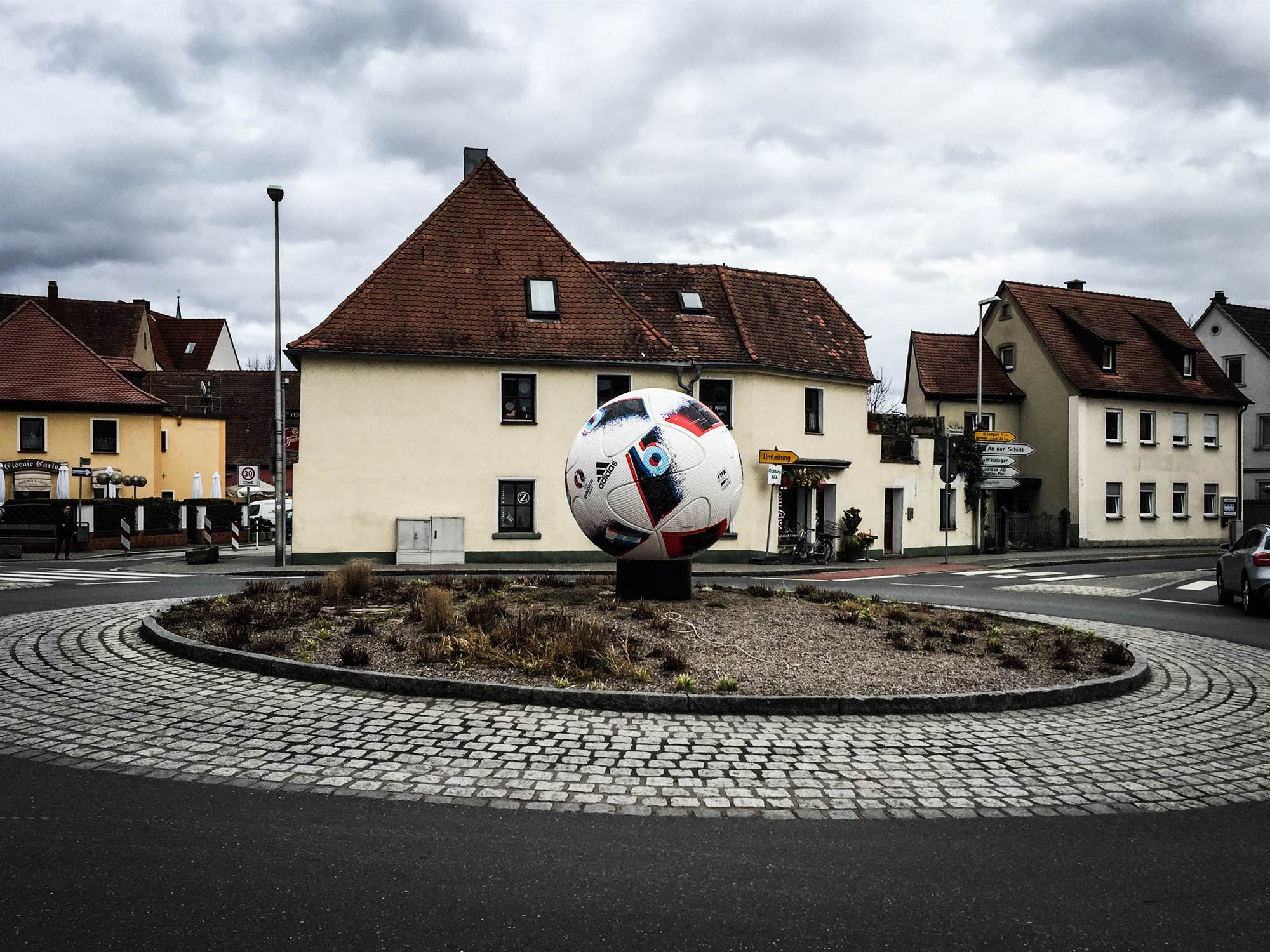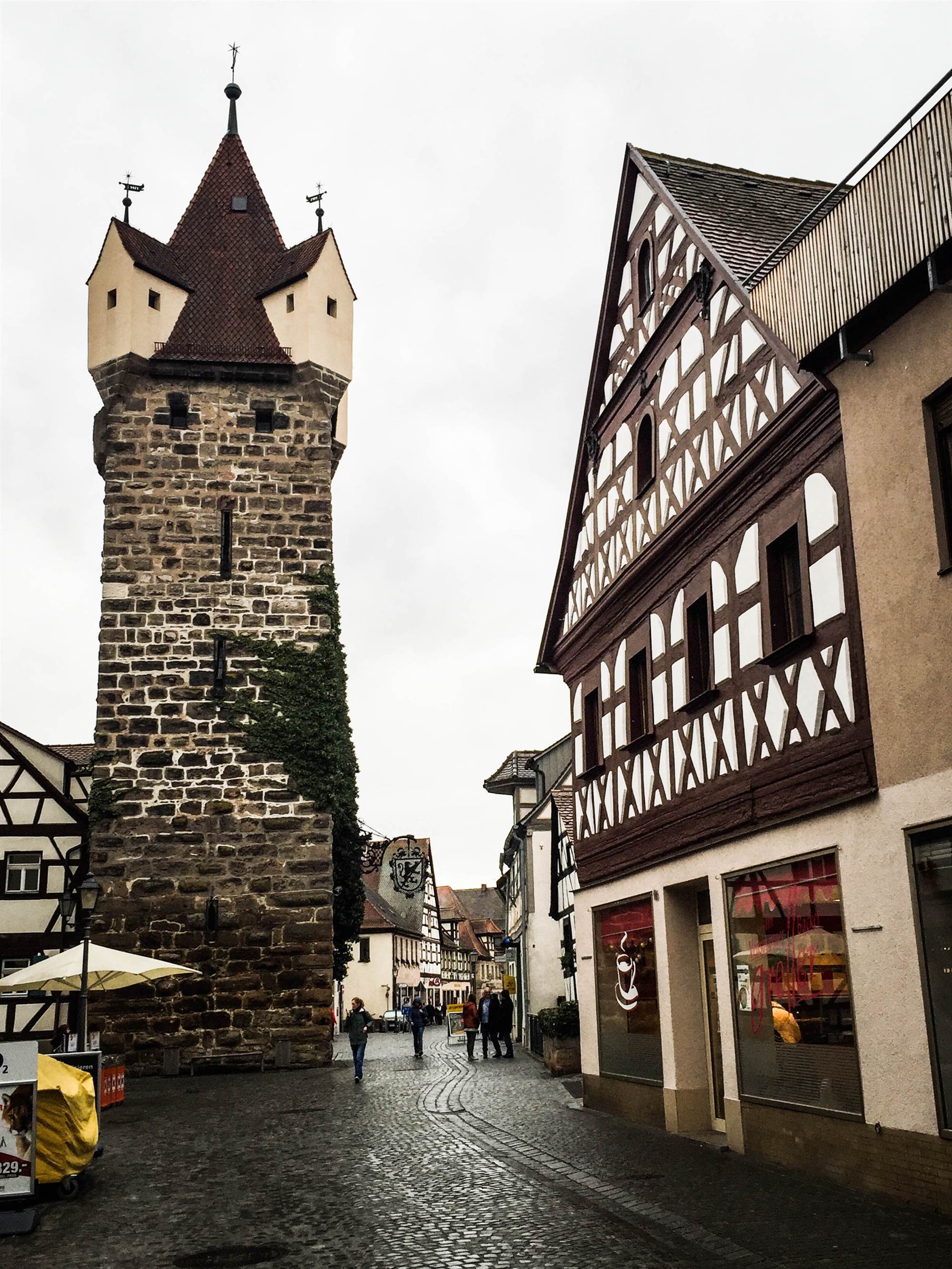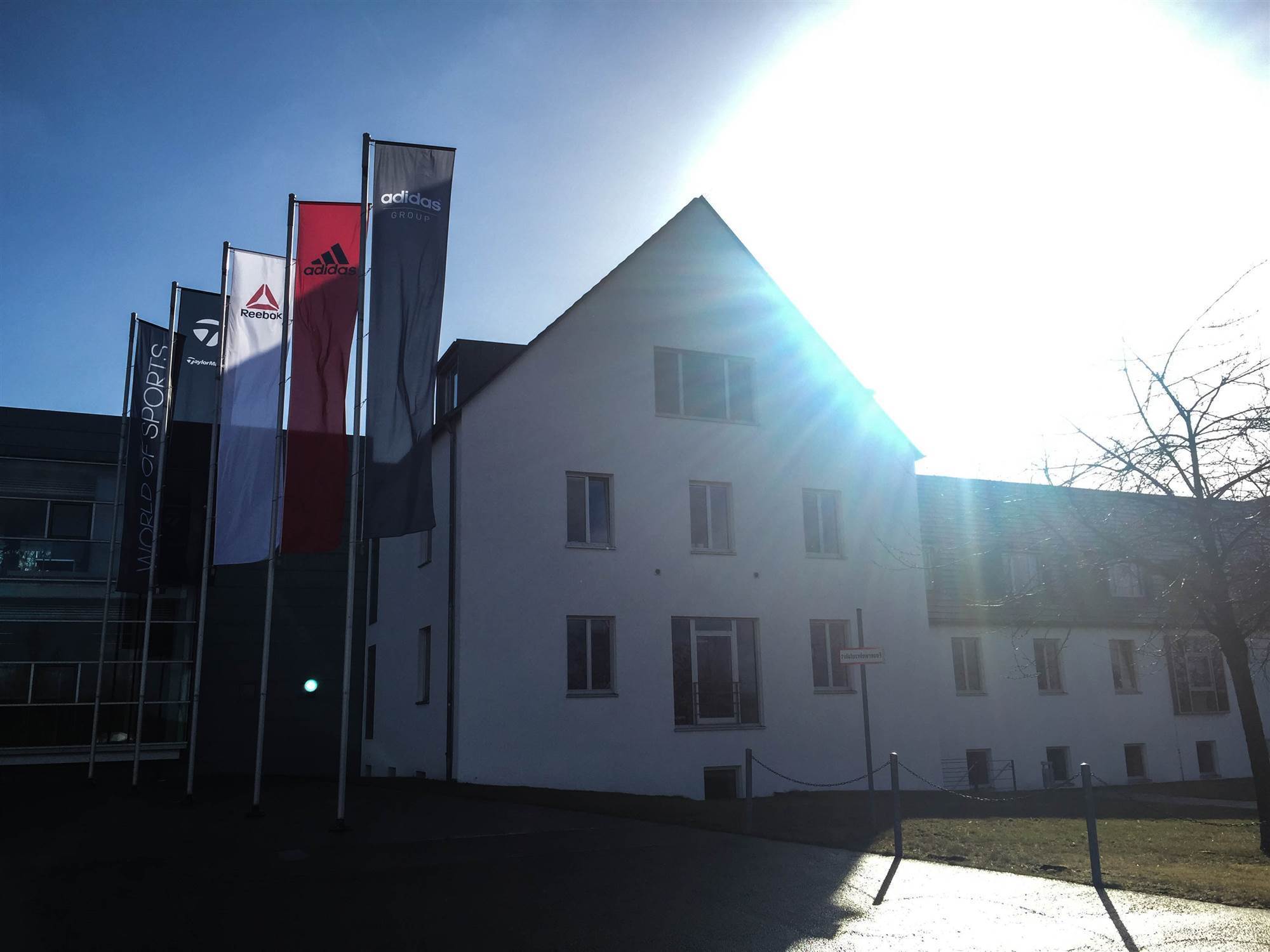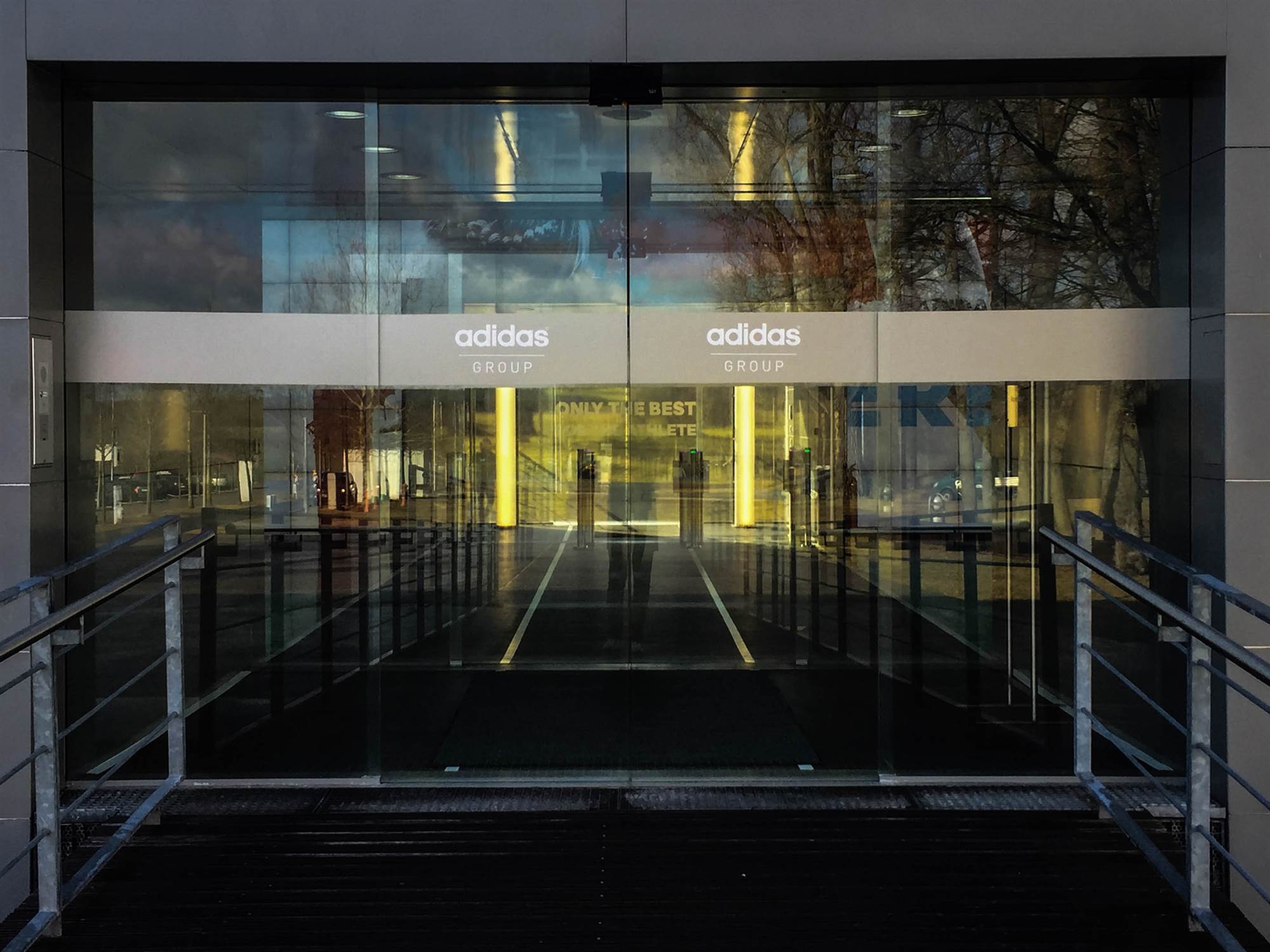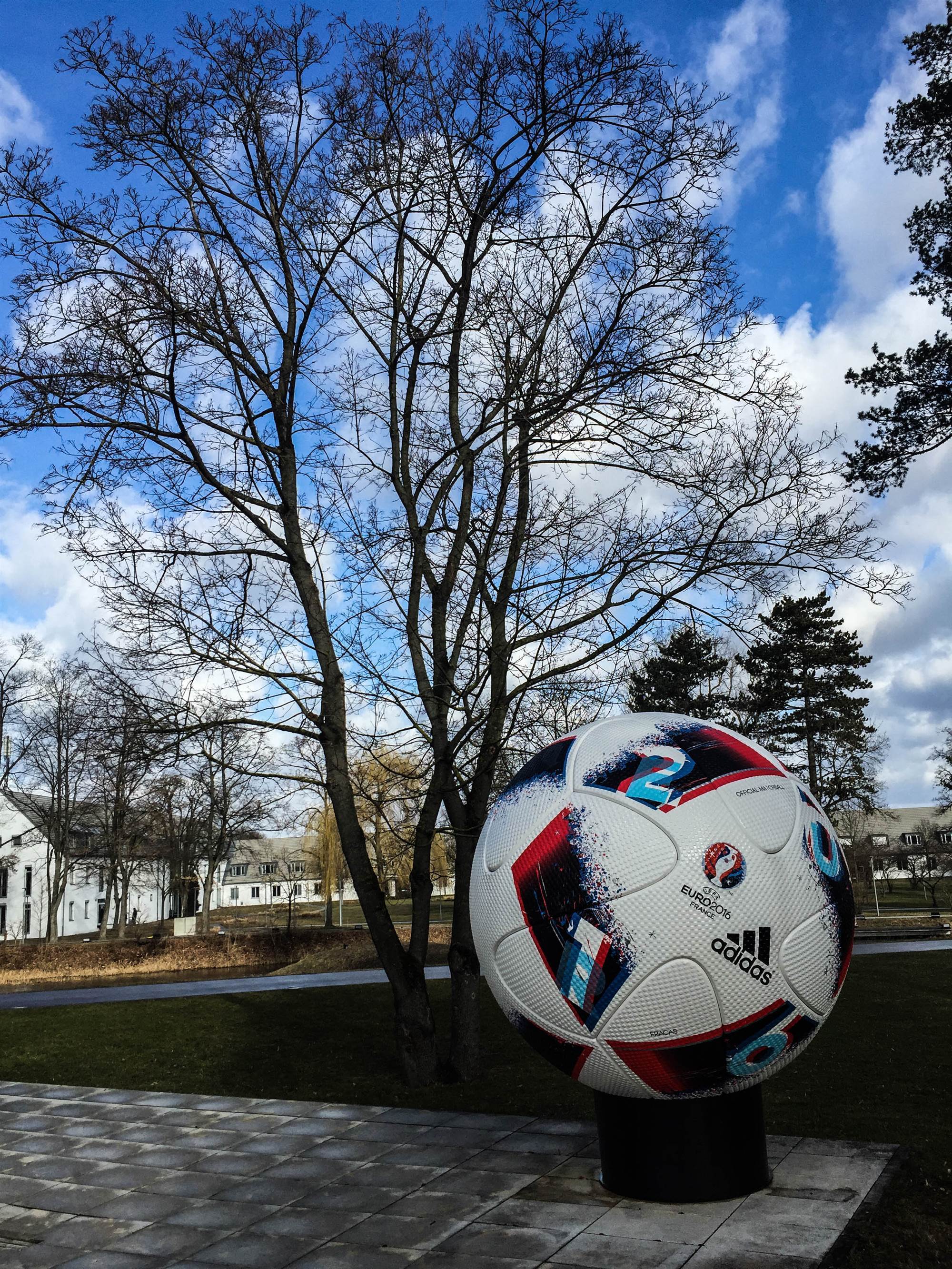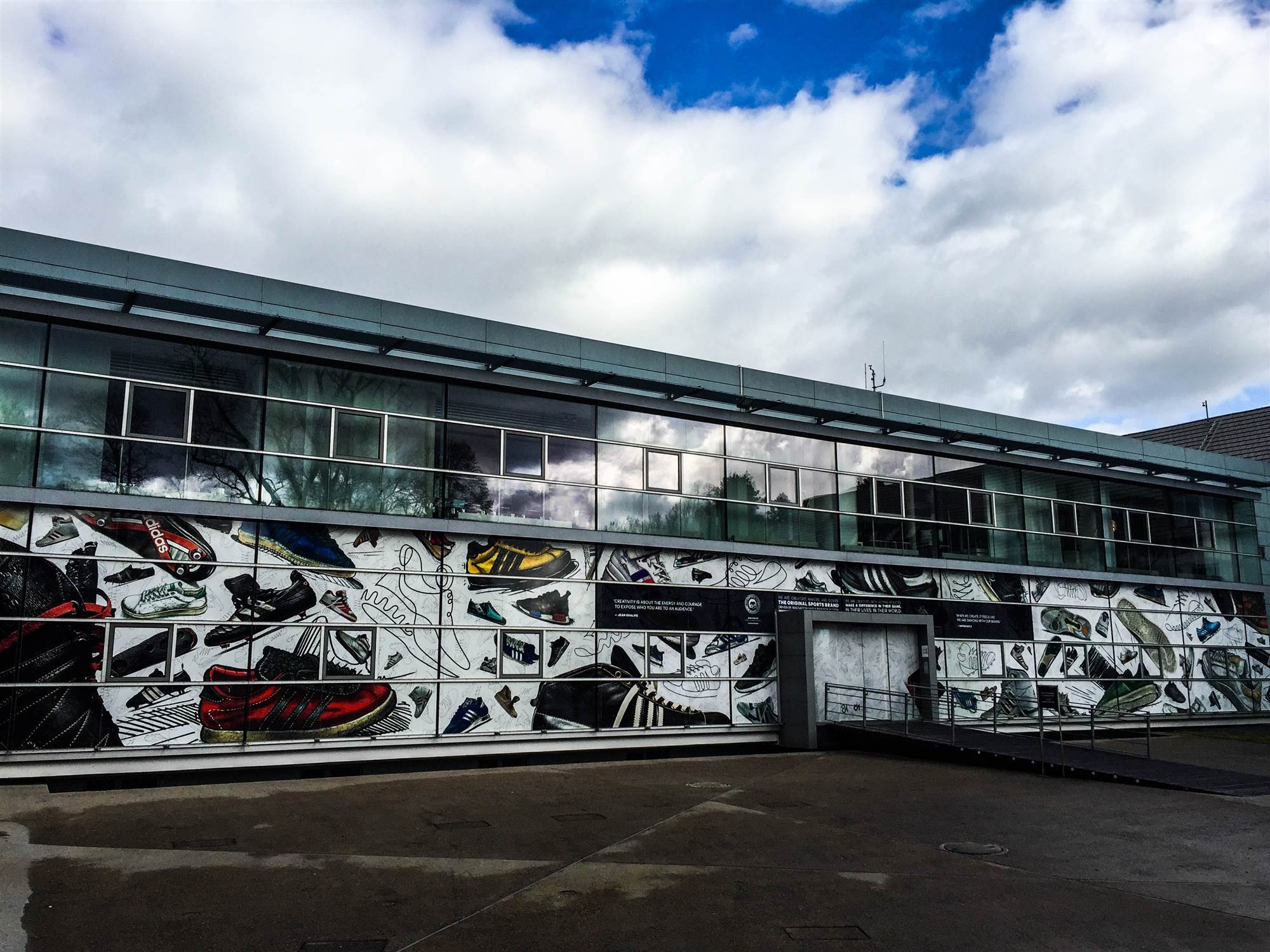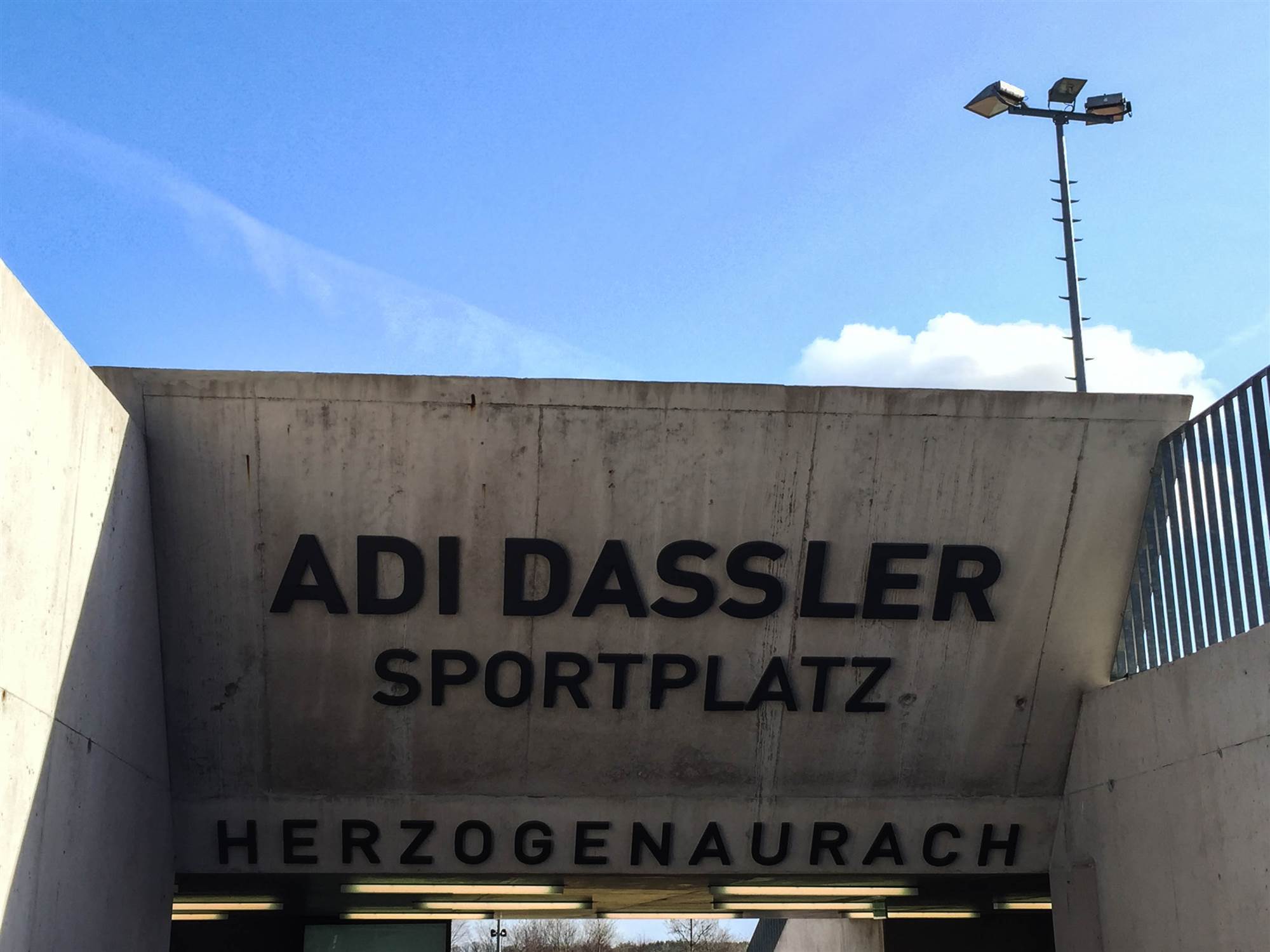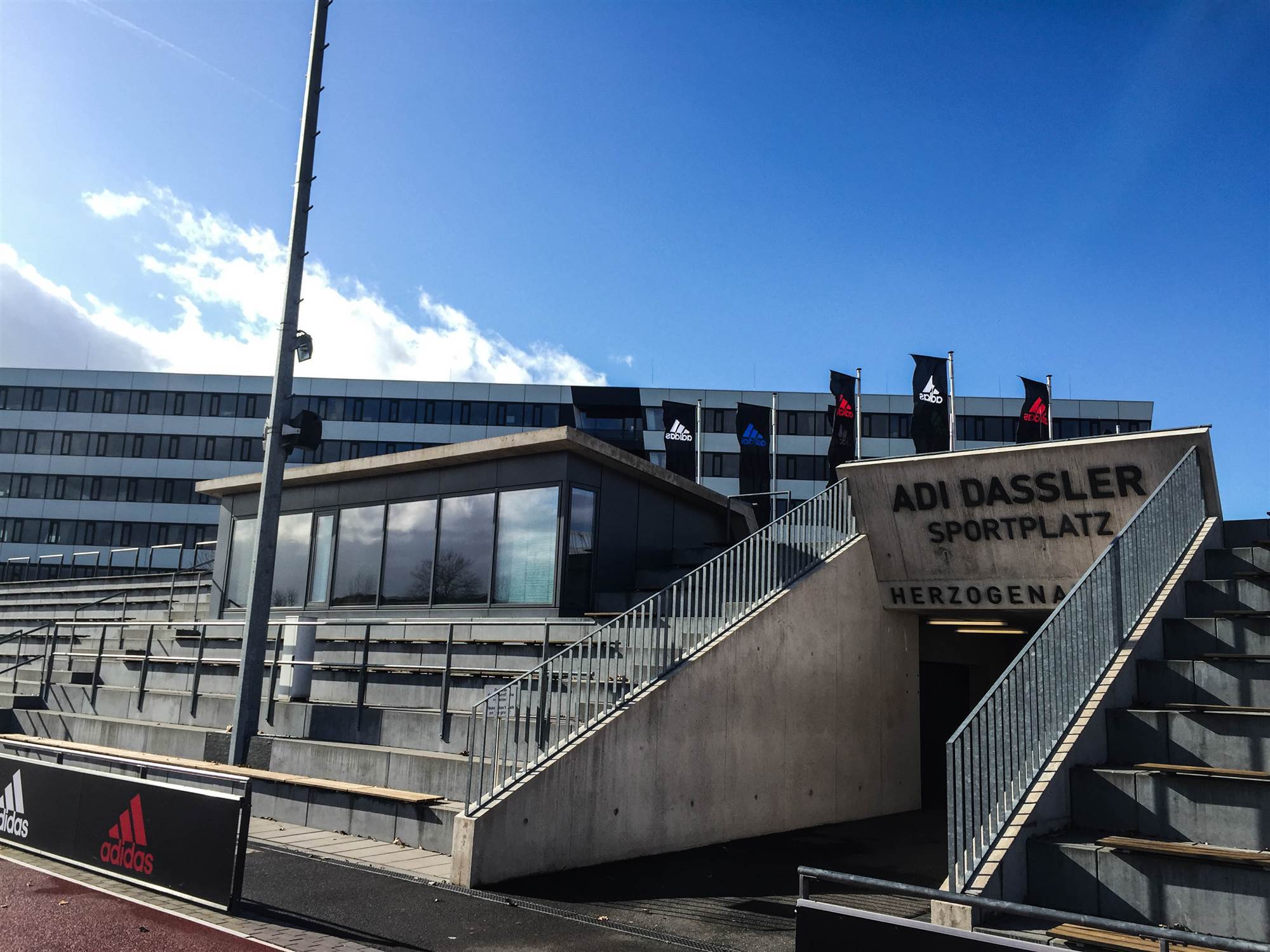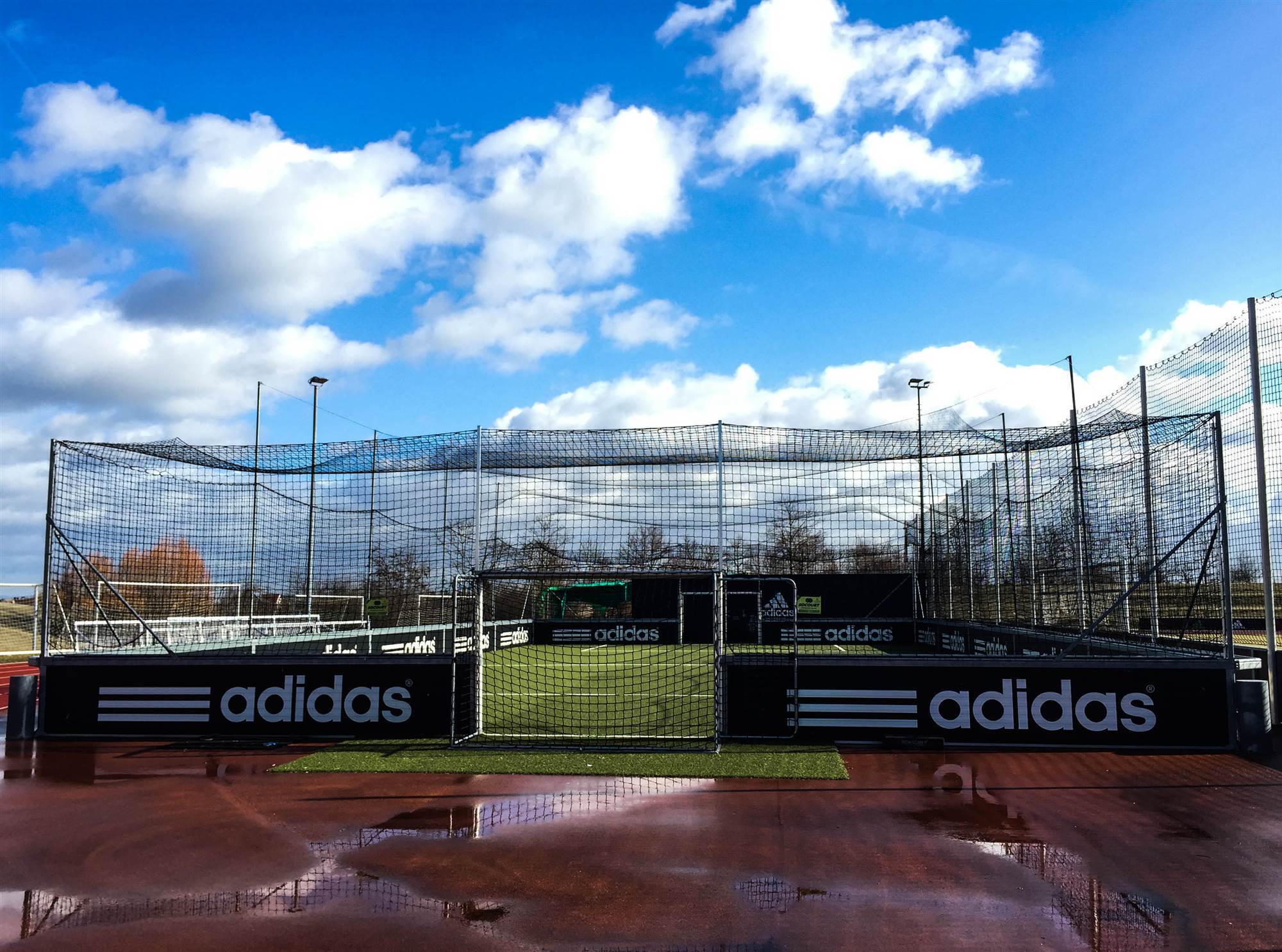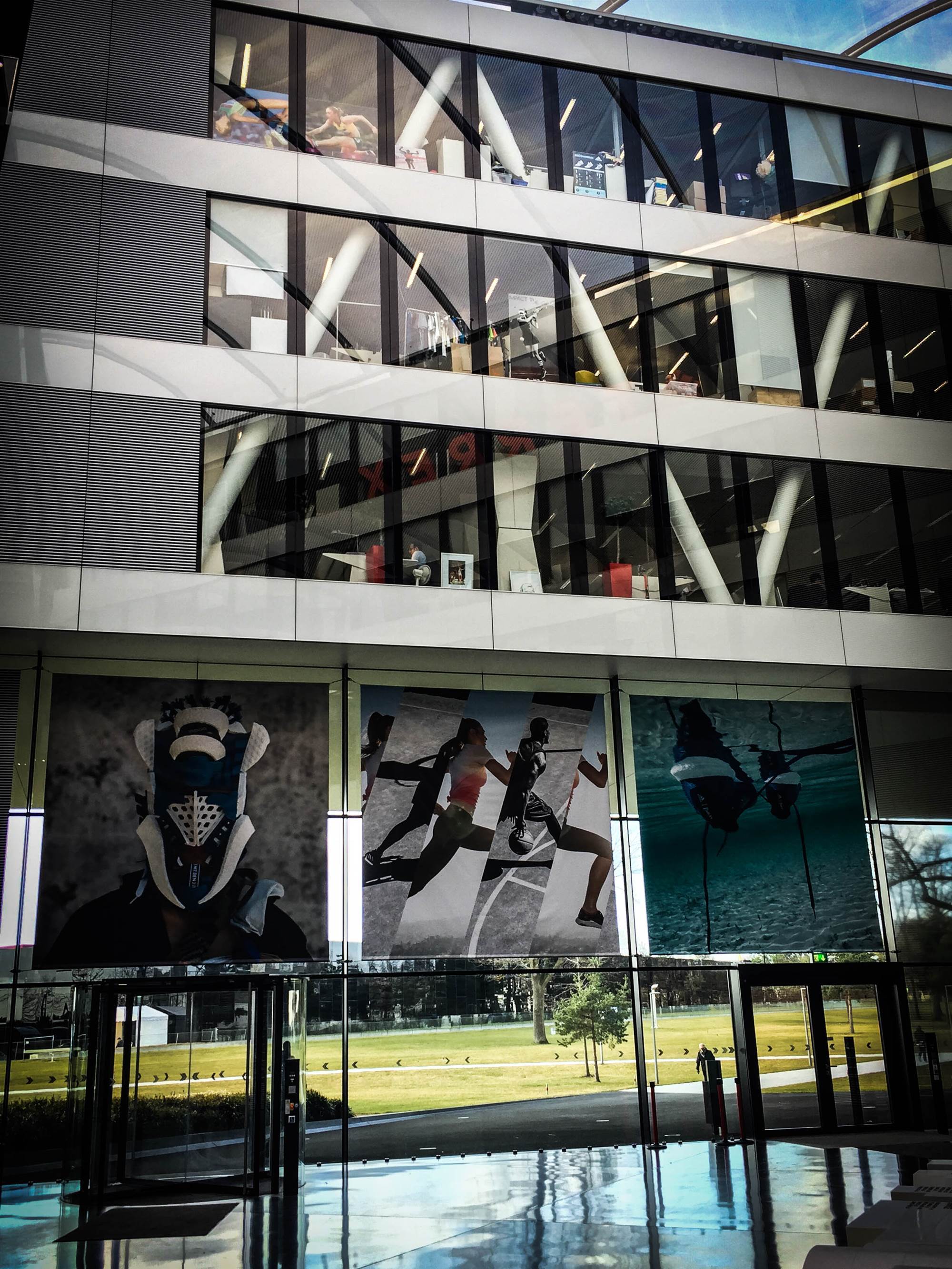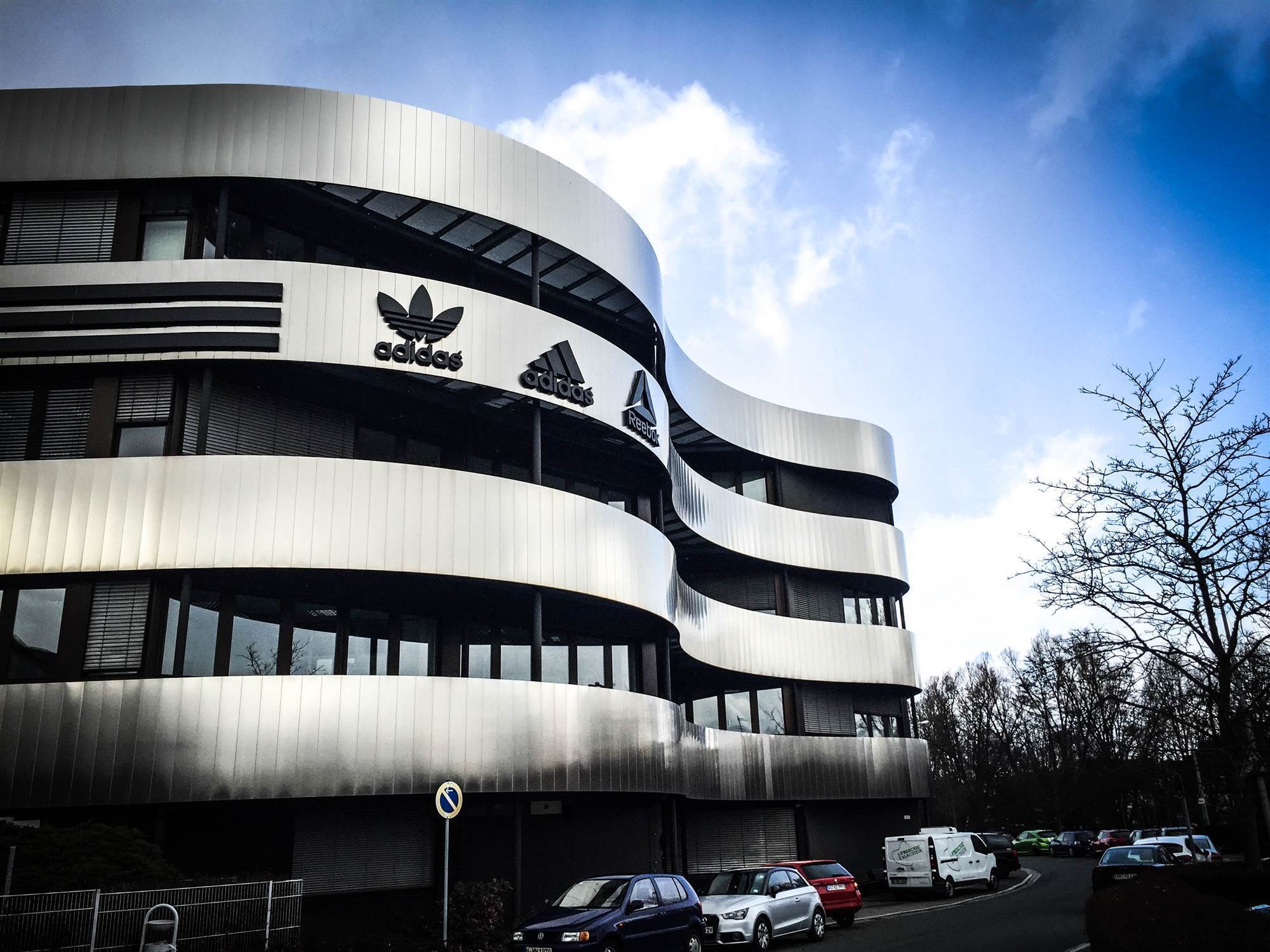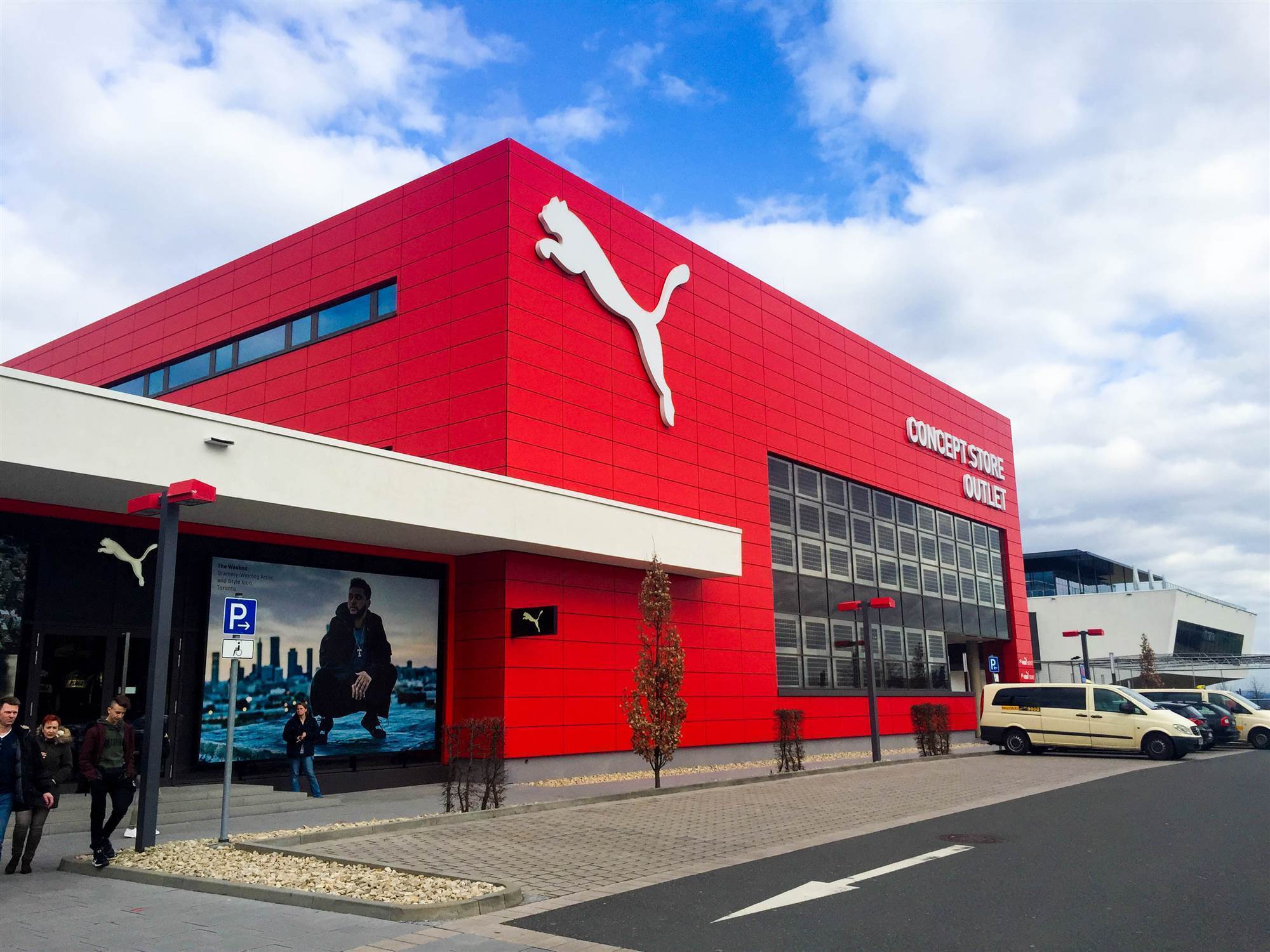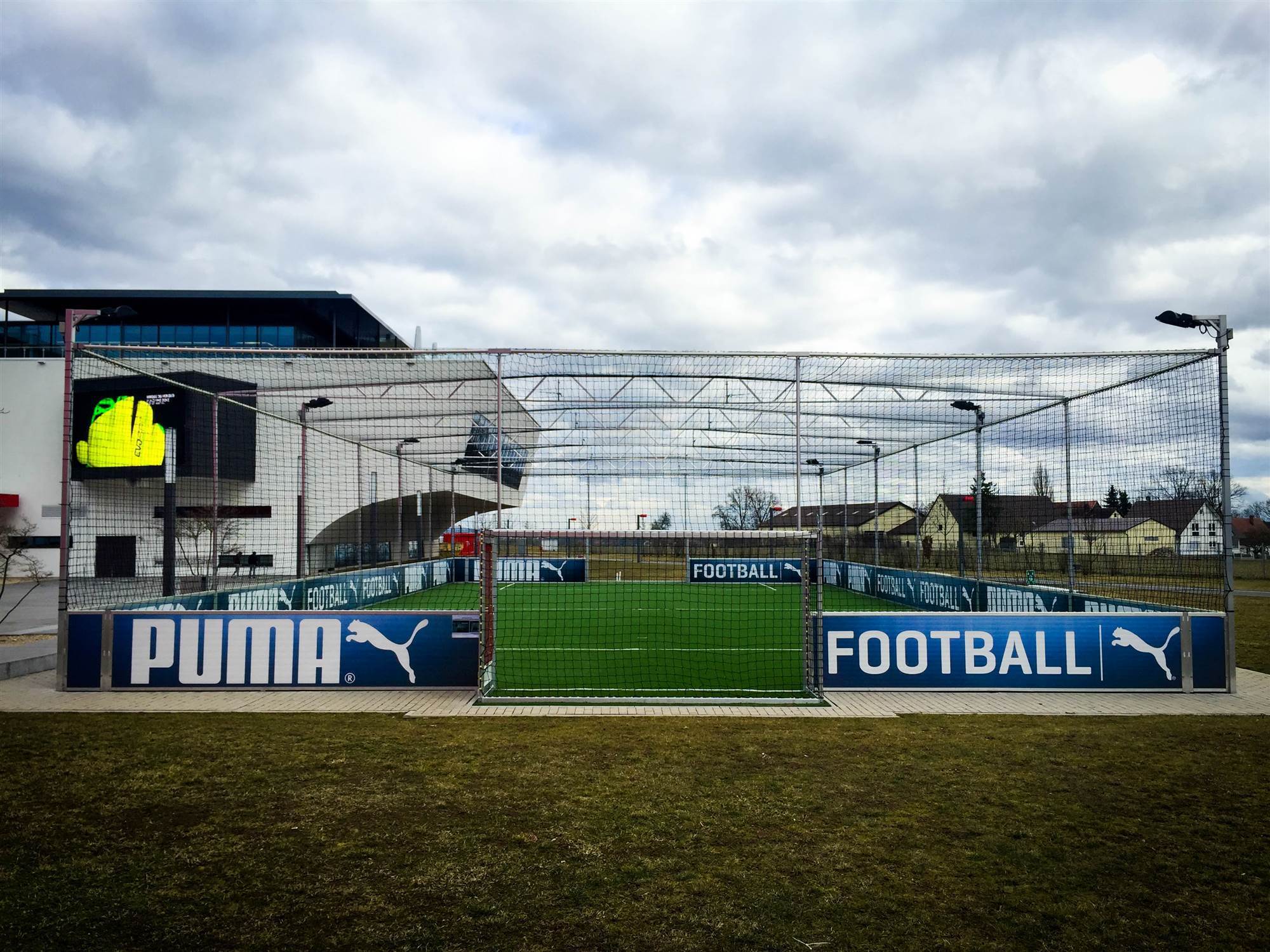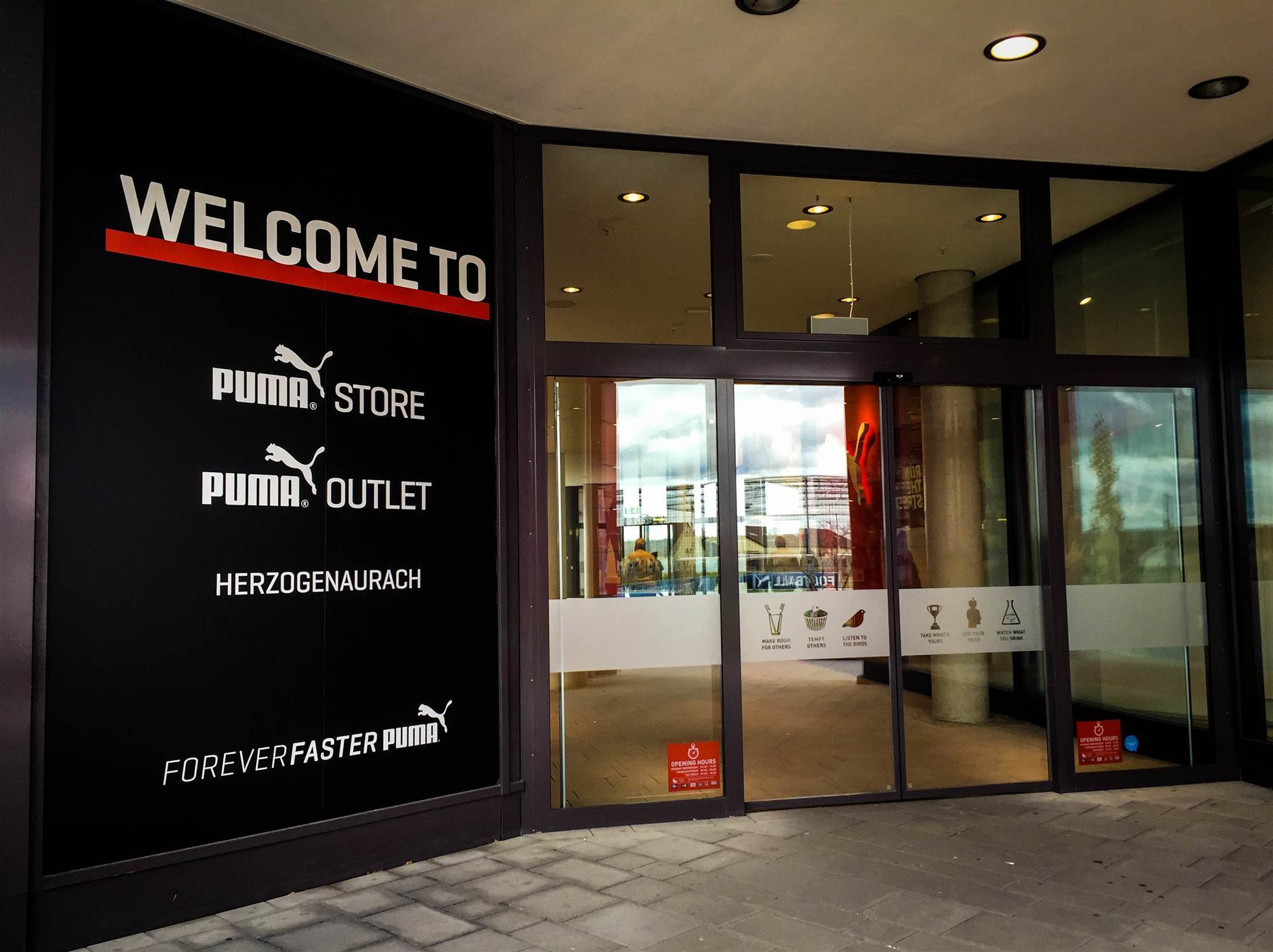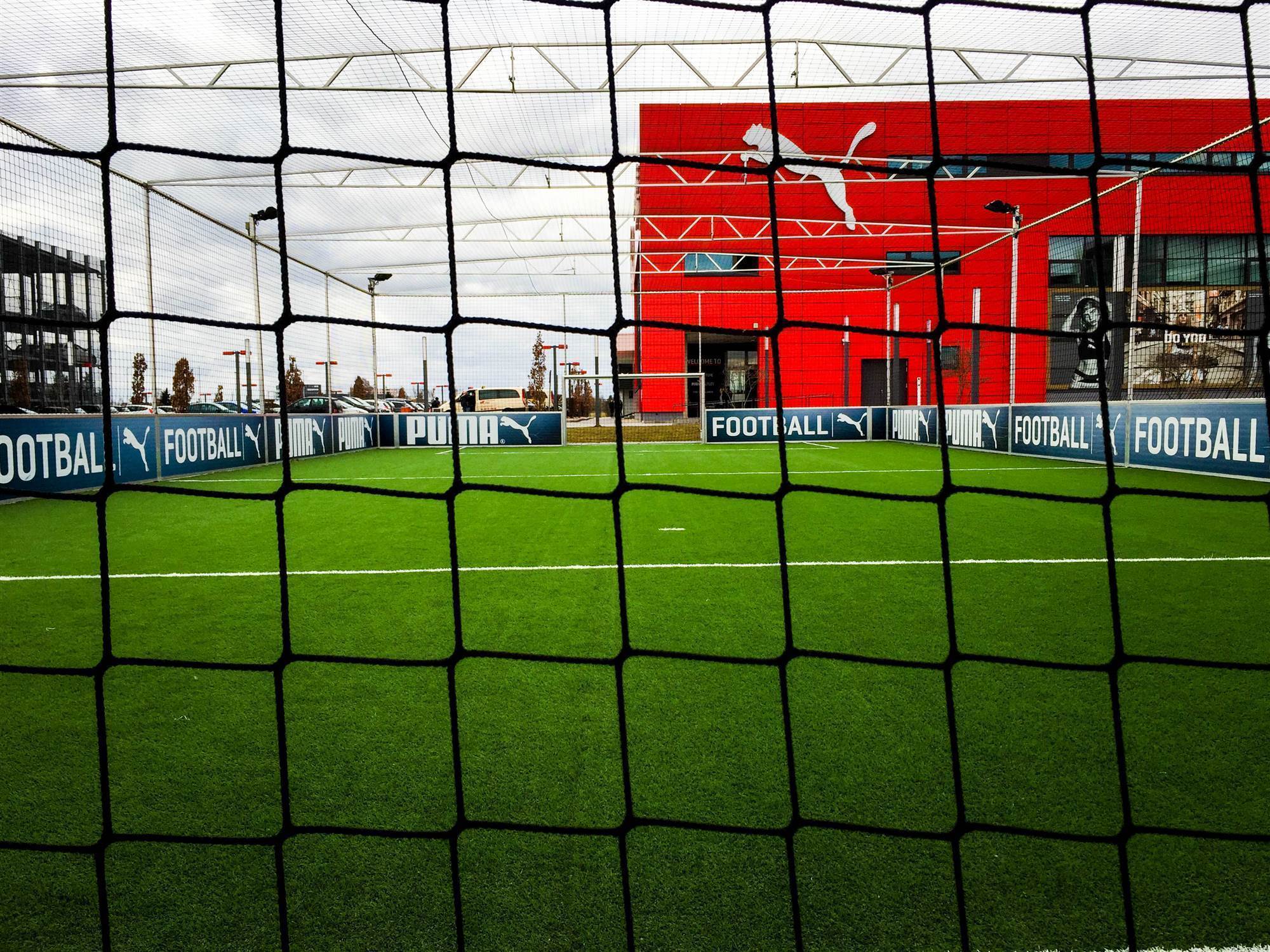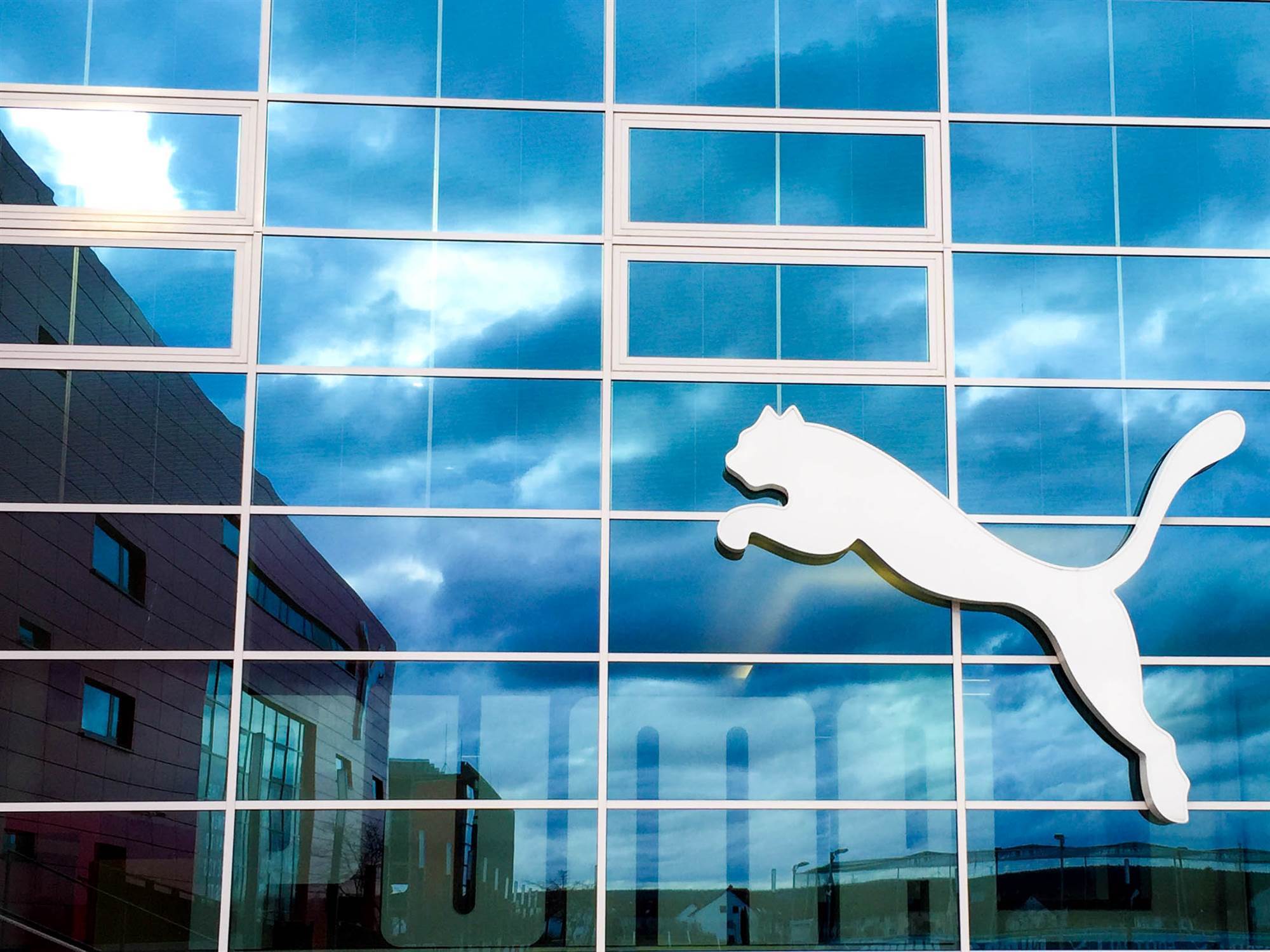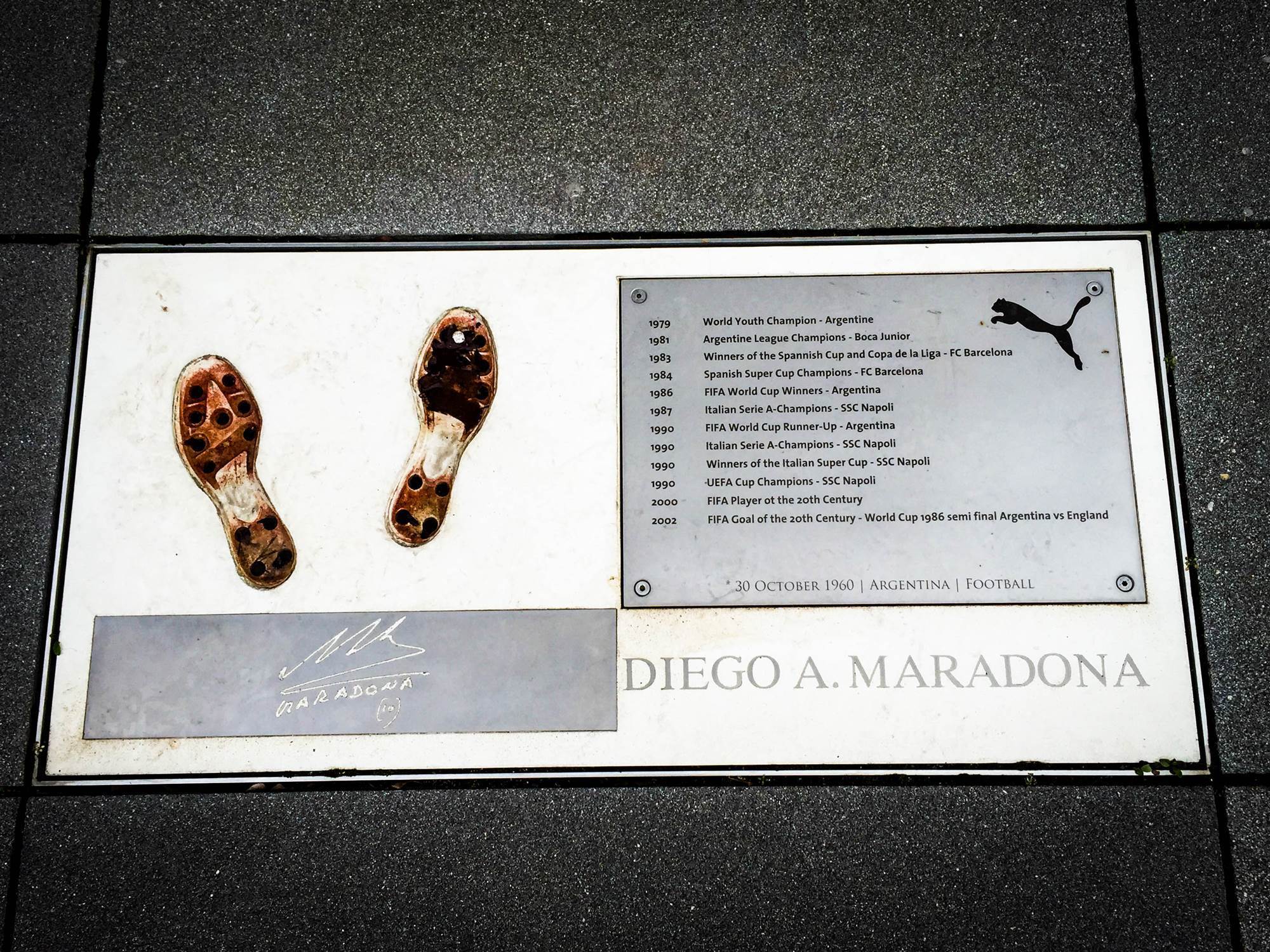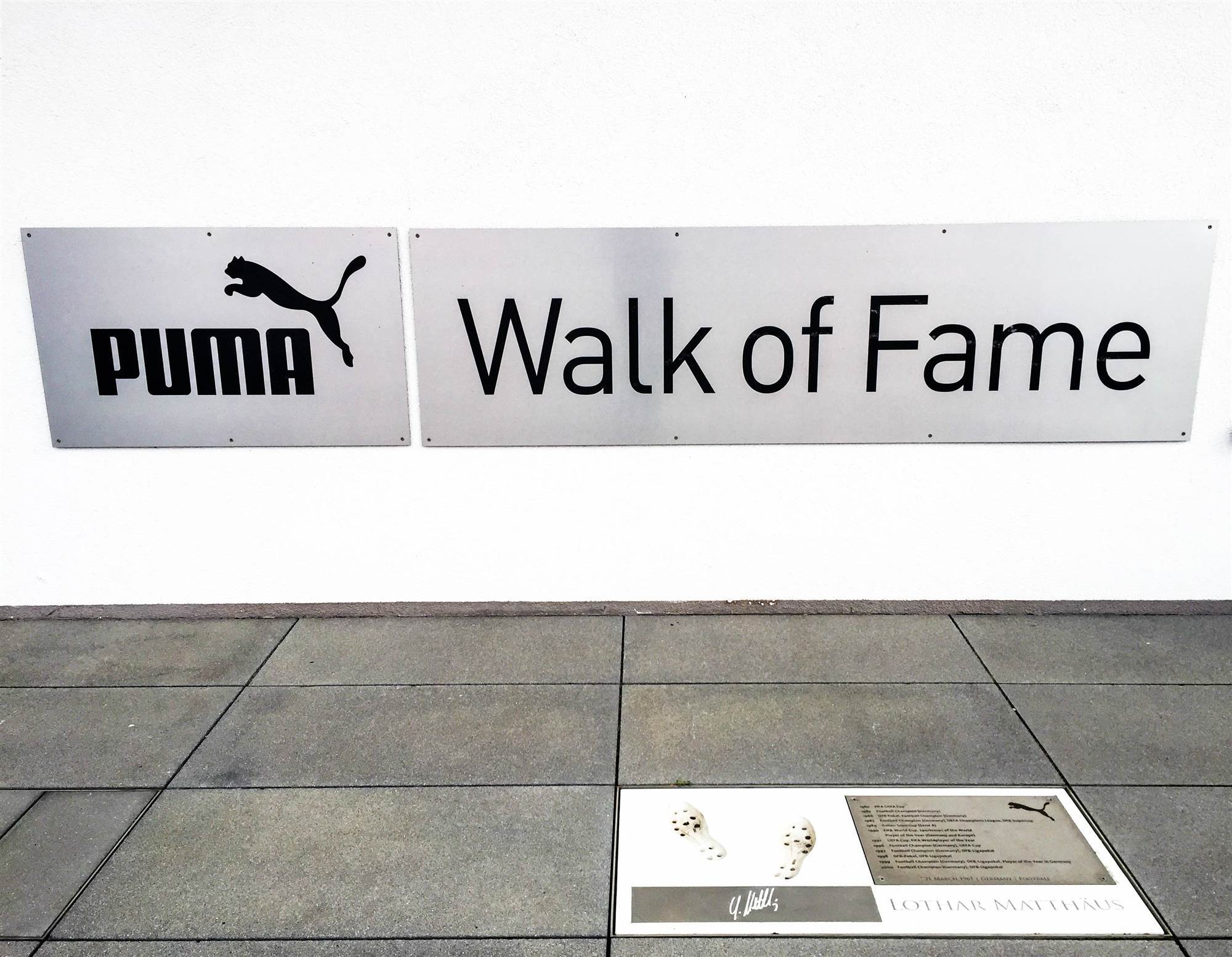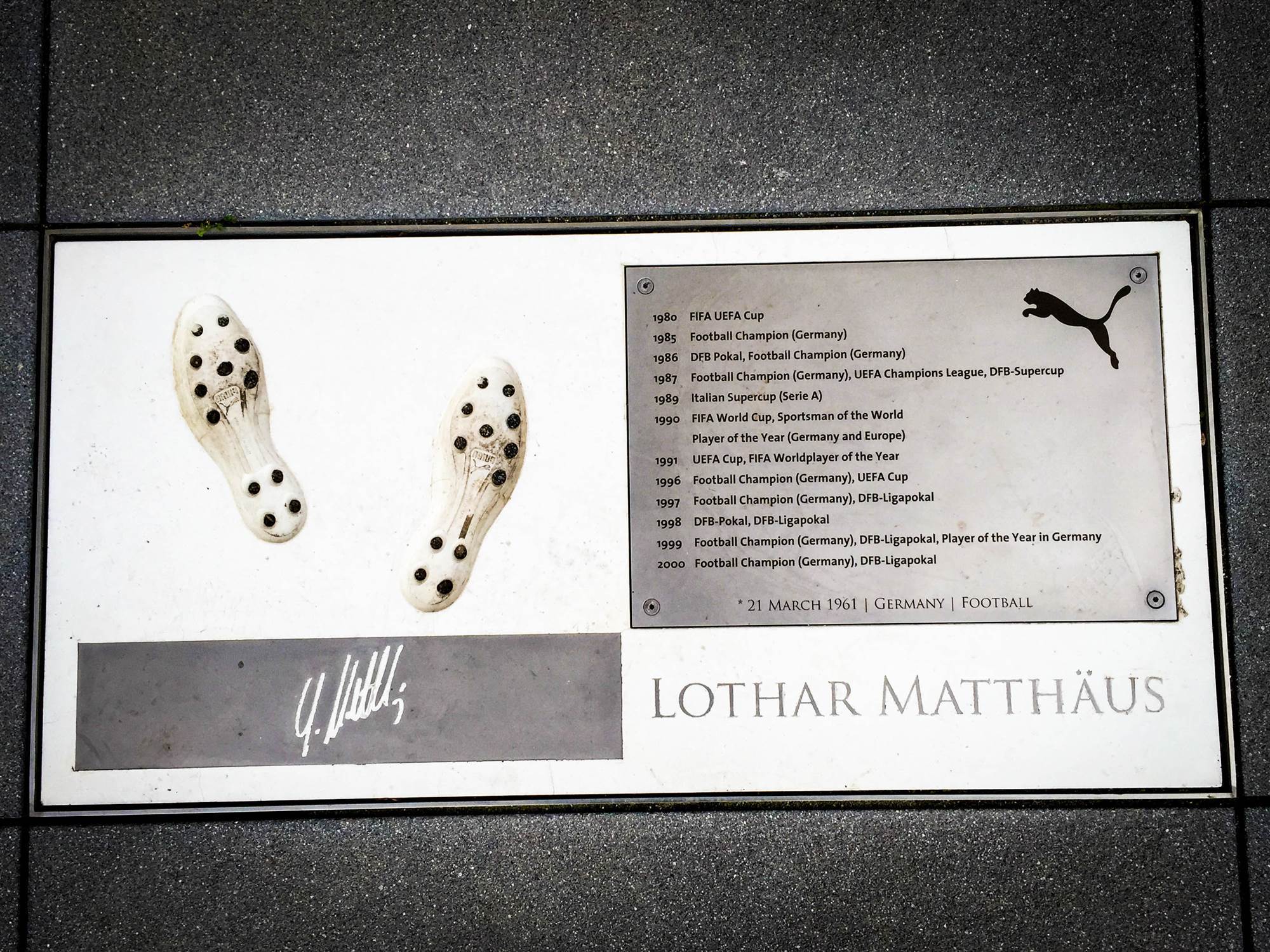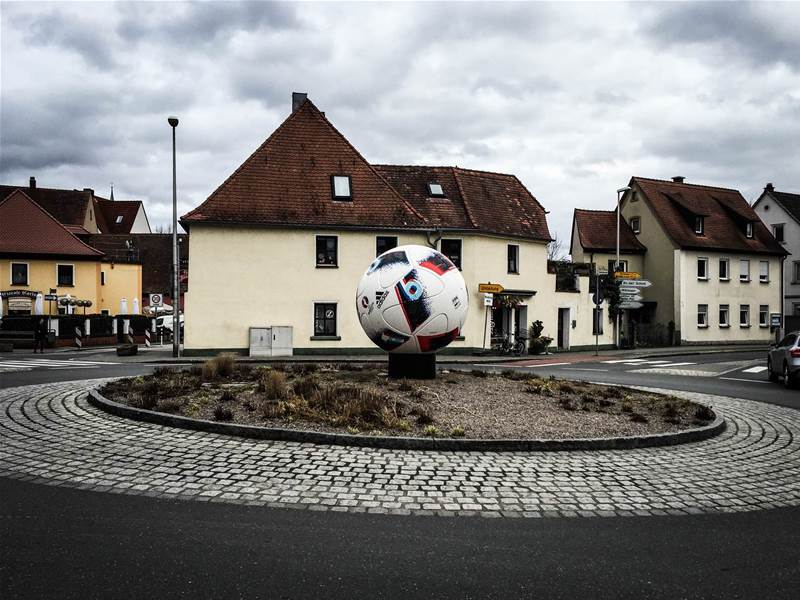The fascinating story that led to the bitter rivalry between Puma and adidas. And check out the pics too!
On a bitterly cold afternoon, FTBL made a pilgrimage to the southern German town of Herzogenaurach, the current home and birthplace of two of the world's most powerful sporting brands, adidas and Puma.
The story behind the origins of these brands is steeped in sibling rivalry – a rivalry some say was the driving force behind an accelerated innovation in sports footwear, particularly football.
Herzogenaurach, or Herzo as it is locally known, is home to just 23,000 people, 29km from nearest city Nuremberg and 194km from Munich.
But this small Bavarian town was the venue for a very famous local derby between battling brothers, with an enmity that started 65 years ago when successful shoemakers Adi and Rudi Dassler fell out bitterly.
They disbanded their 25-year-old company, the Gebrüder Dassler Schuhfabrik, which had made shoes for top athlete Jesse Owens among others, and formed rival manufacturers on opposite sides of the river Aurach, which runs through the centre of Herzogenaurach.
To this day, both companies remain true to this heritage. And despite both moving their headquarters in the subsequent 65 years as they grew and grew into global multinationals, they both continue to house their staff barely a couple of kilometres apart.
The story starts with 24-year-old Adolf Dassler (who unsurprisingly went by the name Adi after World War II) Adi was the shoemaker, taking tools and tips of the trade from their father Christophe, also a shoemaker.
The first of many shoe-tech advancements came when Adi shaped his first running shoe which took some elements from a common house slipper. Older brother Rudolf was drafted in to the company as the business brain and controlled much of the distribution.
In 1924, a back room of their family house was the workshop, office and distribution hub for what would become two of the most successful sporting brands in the world.
Those humble beginnings seem almost unbelievable as you walk round the current, and rapidly growing, adidas headquarters.
The adi HQ sits on a former US military base, spread over 2 square kilometres. Rudi’s PUMA HQ is not quite that size, but equally impressive among farmlands on the outskirts of Herzo.
In business terms, Adidas is by far the bigger company, employing close to 55,000 compared with Puma's 12,000 staff globally.
adidas was also the first brand to take off internatoionally, with PUMA staying a German brand until Rudi Dassler’s son Armin took over the company and began a global sales drive.
It was the nature of the sibling rivalry that has given both firms their fighting spirit, trying to outdo each other on numerous levels, especially innovation and athlete endorsements.
Both brothers claim to have invented the screw-in football boot studs that famously helped Germany's national team secure World Cup final glory over Hungary on a soaking pitch in Berne in 1954.
But this was just one of many disagreements which started in the mid 40s and continued for decades.
The catalyst for this spat remains a point of contention. The party line from both sides is “internal family difficulties”.
Other explanations vary, with a marital affair as one, and also a public argument in a bomb shelter during the Second World War. It was, and remains to this day, part of Herzo town gossip and folklore.
This feud did not just remain in the family but infiltrated all aspects of life in Herzo, dividing the town ever since.
There was a time that depending on which side of the river, or which brand you were aligned to, it would dictate which pub you drank in, the bakery you would go to and even your political party.
While the antagonism has waned in recent years, since both families no longer run the companies, the brothers remained locked in competition right through to their deathbeds.
(Although It is rumoured they had met in secret several times before the death of Rudi Dassler in 1974.)
More recently the two companies have played inter-company football matches and both CEOs are said to meet regularly.
But today, as you drive through the provincial Bavarian town of Herzoganuach, it is hard to understand why both company have stayed so close to their orginal roots.
It would seem to make much more sense for the brands to relocate to nearby cities of Munich or Nuremberg.
But both adidas and PUMA remain true to their heritage and are building new and improved facilities.
It is clear that Herzo will continue to be the home ground for this derby for the foreseeable future.
Related Articles
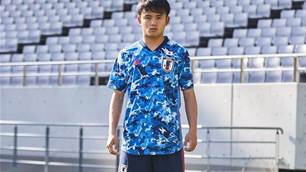
Japan release striking new kit for Olympics

Sport and streetwear collide again as Juventus x adidas x Palace collab for 4th kit

